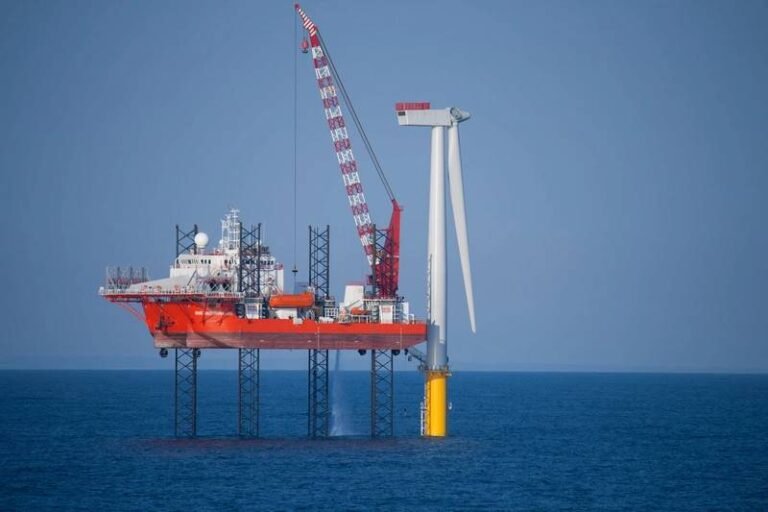The Impact of Trump Administration Policies on U.S. Wind Energy Projects
A recent report by a prominent energy research firm has highlighted the significant impact of Trump administration policies on the future of new U.S. wind energy projects. Wood Mackenzie has slashed its five-year outlook for these projects by 40%, citing concerns about the economy and regulatory hurdles imposed by the current administration.
Revised Projections and Market Trends
According to Wood Mackenzie’s latest forecast, the United States is expected to install 45.1GW of wind energy, both onshore and offshore, through 2029. This is a significant reduction from the original projection of 75.8GW over the same period. The slowdown in wind energy installations comes at a time when U.S. power consumption is set to reach record highs, driven by increasing demand from data centers and other industries.
Challenges and Uncertainties
The U.S. wind market has been facing challenges even before President Trump issued an order to pause new federal wind leasing and permitting. Trump has been critical of wind turbines, calling them “big, ugly windmills” that ruin neighborhoods. In contrast, former President Joe Biden viewed wind power as a crucial component of his climate change strategy to decarbonize the power sector.
Despite sustained demand for power, the U.S. wind market witnessed a decline in installations last year, with only 5.2GW added compared to 7GW in 2023. This downward trend is expected to continue due to ongoing uncertainty around future U.S. wind policy and economic pressures.
Outlook and Way Forward
While Wood Mackenzie anticipates a potential rebound in the wind market, growth in the near term is likely to be constrained compared to previous forecasts. The extension of a federal tax credit for clean energy in 2022 provided some relief, but the industry still faces challenges in navigating regulatory hurdles and policy uncertainties.
In conclusion, the future of U.S. wind energy projects remains uncertain as the industry grapples with shifting political landscapes and economic pressures. Despite these challenges, the demand for clean energy continues to drive interest in wind power as a sustainable and renewable energy source.
(Source: Reuters – Reporting by Nichola Groom; Editing by Howard Goller)

